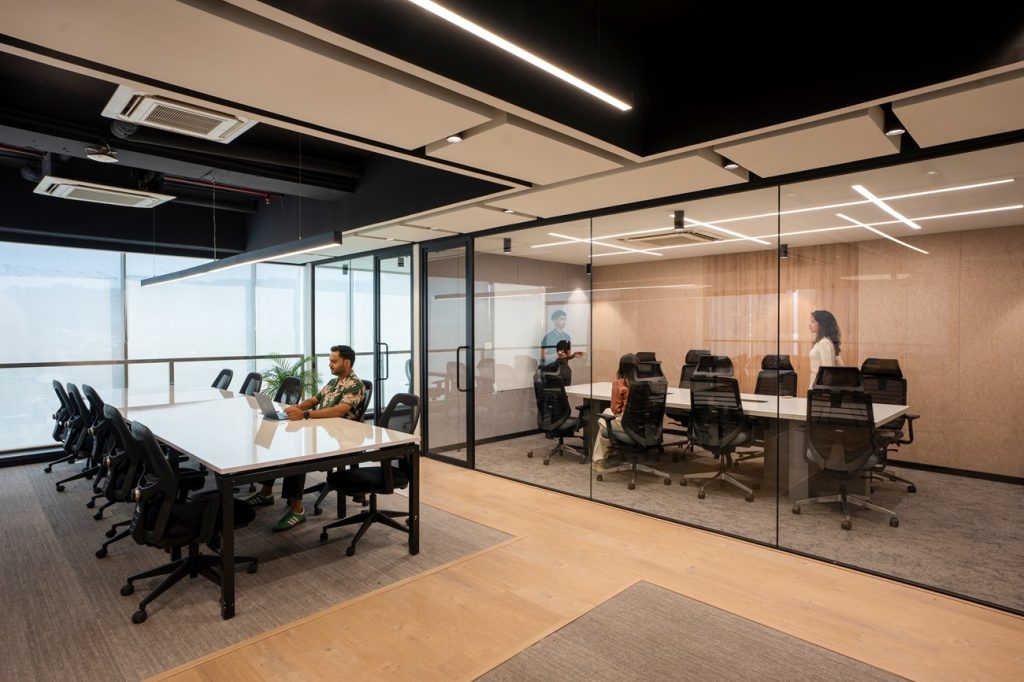In today’s rapidly evolving business landscape, the traditional office model is being reimagined. Flexible workspaces are fully serviced offices offering dedicated work areas, amenities, and adaptable lease terms, have emerged as a strategic solution for organizations of all sizes. From nimble startup office designs to established corporate office interiors, companies are investing in these dynamic environments to foster agility, enhance productivity, and optimize costs.
Why Are Flexible Workspaces Beneficial to Your Business?
Enhanced Productivity
Flexible workplaces are designed to cater to diverse working styles, providing environments that can significantly boost employee performance. A survey revealed that 77% of office employees believe their working atmosphere contributes to increased productivity. Additionally, 64% noted greater efficiency when given the option to work in various locations within the company, and 72% appreciated the ability to relocate to quieter areas when faced with distractions.
Flexible Lease Terms
Traditional office leases often bind companies to long-term commitments, typically ranging from 10 to 15 years. In contrast, flexible workplaces offer lease terms that can vary from a few months to several years, granting businesses the agility to scale operations in response to evolving needs without the burden of extended obligations.
Reduced Occupancy Costs
Opting for a flexible office designs can lead to substantial cost savings. Businesses can avoid significant upfront investments associated with customizing traditional offices, expenses that encompass furniture, lighting, networking equipment, and floor coverings. Flexible workplace agreements typically include these elements, allowing companies to allocate resources more efficiently.
Access to Advanced Tools and Technology
Flexible office interiors often come equipped with state-of-the-art technology and amenities, such as high-speed Wi-Fi, video conferencing facilities, and ergonomic furniture. This setup ensures that employees have access to the tools they need to perform optimally without the company having to invest heavily in rapidly evolving technologies.
Common Characteristics of Flexible Workplaces
Effective flexible office designs are characterized by efficient use of space, a variety of work settings, and well-designed workstations and meeting rooms. Common features include on-demand meeting and event rooms equipped with modern technology, social cafés for networking and informal work, private work pods for focused tasks, and a range of desking options to suit different needs.
Implementing Flexibility in Your Workplace
Transitioning to a flexible workspace requires a tailored approach. It’s essential to assess your team’s workflow and determine the combination of flexible space features that will best support their productivity. Embracing designs that promote organic movement, diverse processes, and collaboration can lead to a more dynamic and effective work environment.
Final Thoughts
The shift towards flexible office design is a strategic move that aligns with the modern workforce’s expectations and the dynamic nature of today’s business environment. By adopting flexible workspaces, organizations can enhance productivity, reduce costs, and provide employees with environments that support their best work. Embracing flexible workspaces allows businesses and their employees to move forward together, adapting to changes and achieving long-term success.



